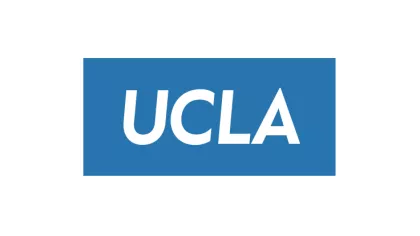
External Publication
Health Insurance Systems, An International Comparison
This publication offers united and synthesized information currently available only in scattered locations — if at all — to students, researchers, and policymakers. The book provides helpful contexts, so people worldwide can understand various health care systems. By using it as a guide to the mechanics of different health care systems, readers can examine existing systems as frameworks for developing their own. Case examples of countries adopting insurance characteristics from other countries enhance the critical insights offered in the book. If more information about health insurance alternatives can lead to better decisions, this guide can provide an essential service.
Key Features
- Delivers fundamental insights into the different ways that countries organize their health insurance systems
- Presents ten prominent health insurance systems in one book, facilitating comparisons and contrasts, to help draw policy lessons
- Countries included are Australia, Canada, France, Germany, Japan, the Netherlands, Sweden, Switzerland, the United Kingdom, and the United States
- Helps students, researchers, and policymakers searching for innovative designs by providing cases describing what countries have learned from each other
Read the Publication:
- Journal Article: Health Insurance Systems, An International Comparison




